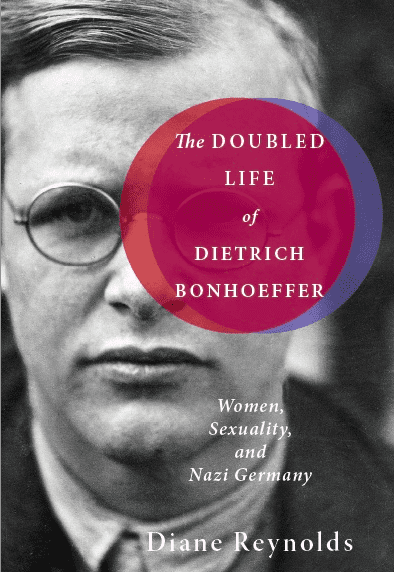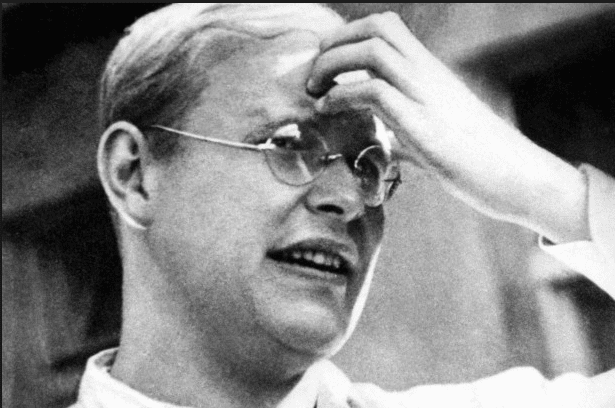For a limited time (April 8-30, 2016) Wipf and Stock Publishers is offering 40%-off retail from their website. Just use discount code DOUBLEB at www.wipfandstock.com. To enter a drawing for a free copy of The Doubled Life of Dietrich Bonhoeffer, please email Chris Graham at [email protected] and include Jesus Creed book giveaway in the subject line. Three winners will be chosen on April 30, 2016.
As I neared the end of my biography on Bonhoeffer and women, a question raised by Julie Meadows haunted me: how can we have the hubris to think we can understand another person’s life? More specifically, how can we—especially 21st century Americans–hope to understand the life of a man from another time and place? And yet, it seems we must try. The life’s “the thing” as well as the theology: where would we be, for example, if we had only a list of Jesus’ maxims and not his life story to guide us?
I learned that writing a biography of Bonhoeffer poses its own set of challenges. Although he lived only 39 years, they were an extraordinarily rich and jammed-packed time, leaving us to chase a man who was almost always on the move. More importantly, he was living, to apply his own formulation to him, polyphonically—on many levels—all tied to the cantus firmus of God.
If the picture or musical composition that comprises Bonhoeffer’s life is incredibly detailed, the biographer’s challenge is to cut it down in a way that captures the essence of who he was. Typically, it has been the women who are cut, and I believe that the sheer magnitude of his life, in part, that has contributed to women being left behind.
In his book about Bonhoeffer’s theology, Taking Hold of the Real, Barry Harvey uses Bonhoeffer’s notion of polyphony to challenge the spatial metaphors so dominant in our culture. If an individual life, a culture or a national economy is a canvas, with only so many square inches of space, life becomes a zero-sum game—if I get more space, you necessarily get less. Musical polyphony, in contrast, is infinite—you can keep adding lines without running out of room.
Biographical tradition places a standard biography on a “canvas” of about 350 pages, an inadequate space, in Bonhoeffer’s case, to tell his story. How do we move from this canvas to a more polyphonic view of his life? One way would be to layer the perspectives of multiple biographies, each one bringing something, but hardly everything, to the table.
This would accord with Bonhoeffer’s belief, articulated in Creation and Fall and elsewhere, that we are limited creatures who get ourselves into trouble when we take on the prerogatives of God, as Adam and Eve did in the garden. Creaturely limitation becomes a check, bringing us into humility. None of us can fully know another, but we can enter into community and conversation with the other, an idea central to Bonhoeffer.
How would this kind of biographical project work? Can we move beyond putting biographies into camps, and see them as all part of a larger polyphony? Can we see that of God—the cantus firmus—even when we disagree? What would you like to see in biography that you don’t? Where does biography typically hit and miss, for Bonhoeffer or more generally?











